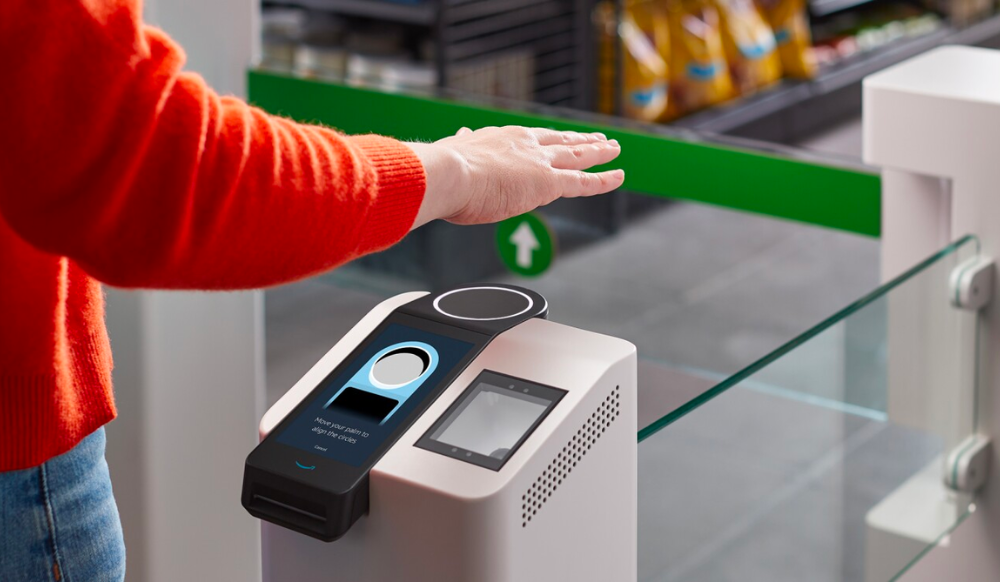No cash, no card: Amazon brings palm-based payments to grocery stores – Times of India
Amazon One is a biometric technology that lets customers pay for items at stores by placing their palm, and all they need to do is put it over a scanning device. So to pay with their palm, shoppers must first link their palm to a stored credit card. Once this is done, they can conveniently pay by waving their hand over the kiosk.
Initially implemented in its Go cashier-less stores, Amazon later introduced their technology to Whole Foods supermarkets. Amazon One is currently available in over 200 Whole Foods locations, and the company plans to expand to all approximately 500 stores by the end of this year.
Not just grocery stores but various locations have implemented Amazon’s palm reading technology, including stadiums, entertainment venues, and travel retailers like Hudson, CREWS, and OHM at multiple US airports.
This is how Amazon’s palm reading payment technology work
Your hands are unique to yourself. So, Amazon designed a device that reads the distinct features of the palm to create a one-of-a-kind signature. These features are both on and below the surface, and many are impossible to see with the naked eye or a regular camera.
Using advanced imaging and computer vision algorithms, Amazon One captures and encrypts your palm image in seconds. This information is then used to create your personalised palm signature, which Amazon One can read every time you use it.
Amazon One uses the palm because it has multiple distinguishing features that make it a safe, convenient, and easy choice for your profile.
Your palm is unique to you, as no two are alike, and its features change slightly over time. Your palm is personal and private; only you can decide when to hover it. Additionally, Amazon One can recognize your palm in seconds, you do not even need to touch anything once you have enrolled, making it easy to use.
Amazon says they treat your palm signature with the same level of care as other sensitive personal data. The company promises that no user data is stored on the device and is always protected.
function loadGtagEvents(isGoogleCampaignActive) { if (!isGoogleCampaignActive) { return; } var id = document.getElementById('toi-plus-google-campaign'); if (id) { return; } (function(f, b, e, v, n, t, s) { t = b.createElement(e); t.async = !0; t.defer = !0; t.src = v; t.id = 'toi-plus-google-campaign'; s = b.getElementsByTagName(e)[0]; s.parentNode.insertBefore(t, s); })(f, b, e, 'https://www.googletagmanager.com/gtag/js?id=AW-877820074', n, t, s); };
window.TimesApps = window.TimesApps || {}; var TimesApps = window.TimesApps; TimesApps.toiPlusEvents = function(config) { var isConfigAvailable = "toiplus_site_settings" in f && "isFBCampaignActive" in f.toiplus_site_settings && "isGoogleCampaignActive" in f.toiplus_site_settings; var isPrimeUser = window.isPrime; if (isConfigAvailable && !isPrimeUser) { loadGtagEvents(f.toiplus_site_settings.isGoogleCampaignActive); loadFBEvents(f.toiplus_site_settings.isFBCampaignActive); } else { var JarvisUrl="https://jarvis.indiatimes.com/v1/feeds/toi_plus/site_settings/643526e21443833f0c454615?db_env=published"; window.getFromClient(JarvisUrl, function(config){ if (config) { loadGtagEvents(config?.isGoogleCampaignActive); loadFBEvents(config?.isFBCampaignActive); } }) } }; })( window, document, 'script', );
For all the latest Technology News Click Here


